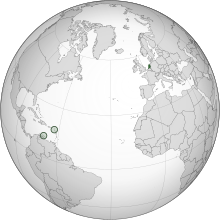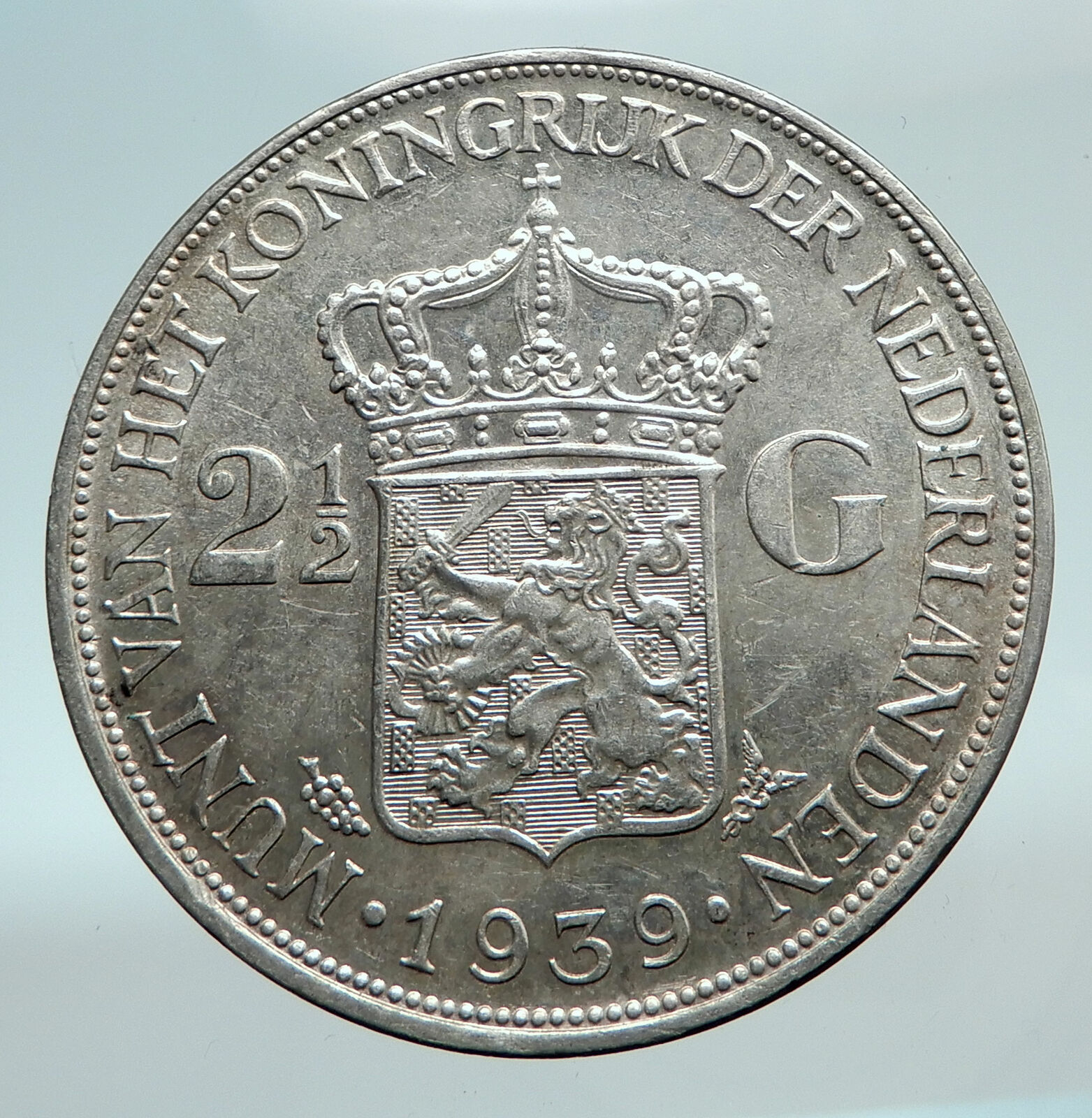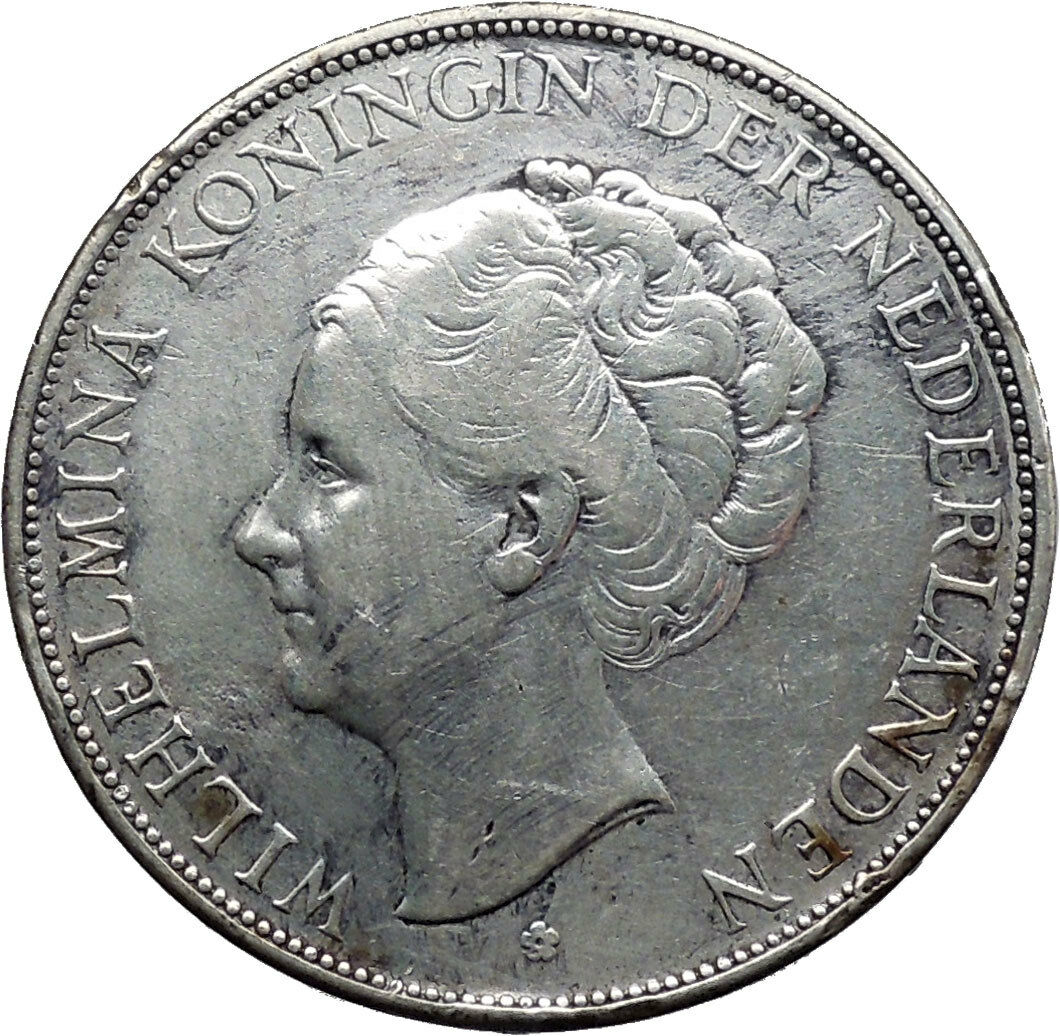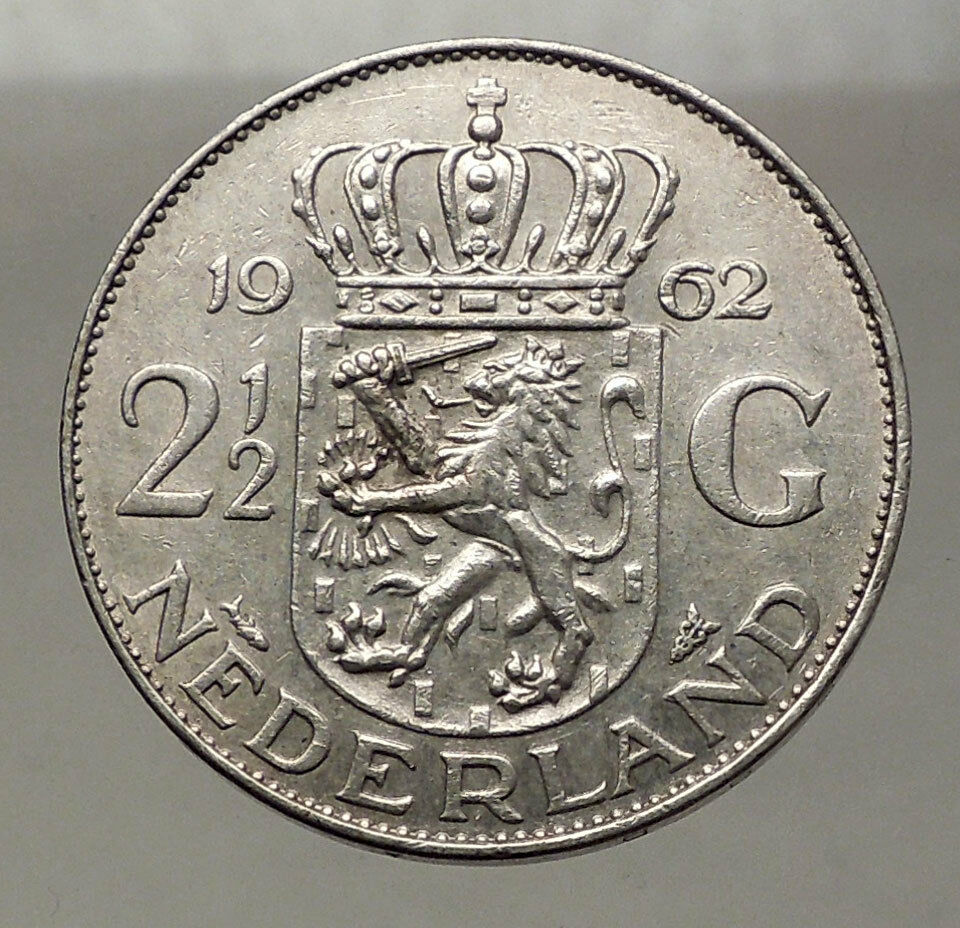|
Netherlands under William II – King: 7 October 1840 – 17 March 1849
1848 Silver Gulden 28mm (9.91 grams) 0.945 Silver (0.3038 oz. ASW)
Reference: KM# 66
WILLEM II KONING DER NED.G.H.V.L., King Willem II facing left.
1848 MUNT VAN HET KONINKRIJK DER NEDERLANDEN 100 C., Crowned arms divides value.
Edge Lettering:
GOD * ZY * MET * ONS *
You are bidding on the exact item pictured, provided with a Certificate of Authenticity and Lifetime Guarantee of Authenticity.
 William II (Willem Frederik George Lodewijk, anglicized as William Frederick George Louis; 6 December 1792 – 17 March 1849) was King of the Netherlands , Grand Duke of Luxembourg , and Duke of Limburg . William II (Willem Frederik George Lodewijk, anglicized as William Frederick George Louis; 6 December 1792 – 17 March 1849) was King of the Netherlands , Grand Duke of Luxembourg , and Duke of Limburg .
William II was the son of William I and Wilhelmine of Prussia . When his father, who up to that time ruled as sovereign prince, proclaimed himself king in 1815, he became Prince of Orange as heir apparent of the Kingdom of the Netherlands . With the abdication of his father on 7 October 1840, William II became king. During his reign, the Netherlands became a parliamentary democracy with the new constitution of 1848.
William II was married to Anna Pavlovna of Russia . They had four sons and one daughter. William II died on 17 March 1849 and was succeeded by his son William III .
The Kingdom of the Netherlands , commonly known as the Netherlands, is a sovereign state and constitutional monarchy with territory in western Europe and in the Caribbean .
  The four parts of the Kingdom – Aruba , Curaçao , Sint Maarten and the Netherlands – are constituent countries (landen in Dutch ) and participate on a basis of equality as partners in the Kingdom. In practice, however, most of the Kingdom affairs are administered by The four parts of the Kingdom – Aruba , Curaçao , Sint Maarten and the Netherlands – are constituent countries (landen in Dutch ) and participate on a basis of equality as partners in the Kingdom. In practice, however, most of the Kingdom affairs are administered by  the Netherlands – which comprises roughly 98% of the Kingdom’s land area and population – on behalf of the entire Kingdom. Consequently, the countries of Aruba, Curaçao, and Sint Maarten are dependent on the Netherlands for matters like foreign policycy and defence , although they are autonomous to a certain degree with their own parliaments . the Netherlands – which comprises roughly 98% of the Kingdom’s land area and population – on behalf of the entire Kingdom. Consequently, the countries of Aruba, Curaçao, and Sint Maarten are dependent on the Netherlands for matters like foreign policycy and defence , although they are autonomous to a certain degree with their own parliaments .
The vast majority in land area of the constituent country of the Netherlands (as well as the Kingdom) is located in Europe, with the exception of the Caribbean Netherlands : its three special municipalities (Bonaire, Sint Eustatius Saba) that are located in the Caribbean. The constituent countries of Aruba, Curaçao, and Sint Maarten are located in the Caribbean as well.
|







 The four parts of the Kingdom –
The four parts of the Kingdom –  the Netherlands – which comprises roughly 98% of the Kingdom’s land area and population – on behalf of the entire Kingdom. Consequently, the countries of Aruba, Curaçao, and Sint Maarten are dependent on the Netherlands for matters like
the Netherlands – which comprises roughly 98% of the Kingdom’s land area and population – on behalf of the entire Kingdom. Consequently, the countries of Aruba, Curaçao, and Sint Maarten are dependent on the Netherlands for matters like 




